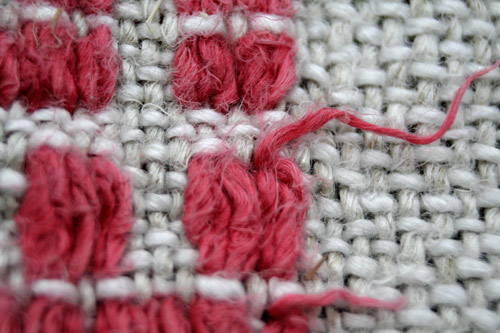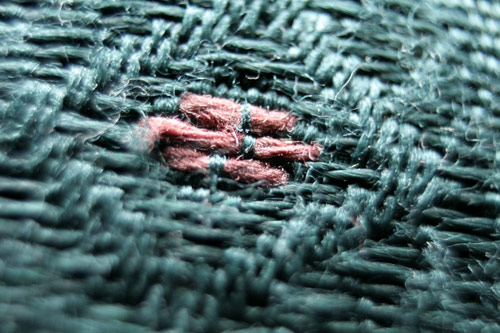textures of home #2, Photoshop


If you are a photographer and PhotoShop user like I am,
you may enjoy this interesting article by David Pogue:
Photoshop and Photography: When Is It Real? in the New York Times
With thanks to Finnish author Anita Konkka
P.S. No, there’s no fancy photoshopping of the above images, just the usual resizing for the web. Thanks for asking!
February 27, 2010 in Photography, Photoworks, Textures by Marja-Leena
I’m enjoying your textures of home images! I will read Hume, too, as BC’s history is an area to learn more about and I’m interested to see what he has to say about the Olympics.
The deeper you go the more you see. Life is beautiful.
I have often wondered about this business of tweaking photographs and doing even more to affect what is ultimately something very far from the original subject and its immediate environment. My feeling is that unless you are intent on fraud for devious motives, it is the final picture that counts. There must always be a degree of artifice in the interval between a subject and its interpretation. If there is a lot of artifice and a good picture results, so much the better.
Taina, thanks. I hope you find Stephen Hume’s article as interesting as I do. He is quite a historian and writer. I remember he did a fabulous series on BC’s mighty Fraser River, actually traveling by canoe the path of the explorer Simon Fraser.
Susan, I agree! I like the way macro photos can result in an image with mystery if it is not quickly recognizable.
Joe, your use of the word ‘artifice’ is interesting in this context, suggesting something artificial. Maybe so, but perhaps it can be just gentle manipulation of the image to enhance and strengthen what is already there. Artifice to me suggests stronger manipulation which can sometimes push things way beyond the “real”, like you see today in a lot of media and advertising and some art work.
When I started doing photo-etchings years ago, I had to learn how to work in the darkroom with film. There I came to see how much manipulation is done to make the image the best it can be for etching purposes in my case, but even for ‘straight’ photography. Then along came digital processes for preparing the image for photo-etching, thankfully, for I hated the chemicals and working in the dark. Sure, we can do even more manipulation with PhotoShop (more artifice) but that’s not always necessary if the original photo is good.
Of course, I’m looking at this subject from the artist’s point of view. As a former journalist, you may see this completely differently, where the ‘truth’ is most important.
For my purposes the windows photoshopping tools are enough, except I’d like to be able to sharpen images sometimes.
Hattie, for just putting up photos on the blog, a simple program usually suffices. I have PhotoShop for my artmaking so naturally that’s what I use for preparing my photos to put up here. iPhoto on the Mac is good too, though it doesn’t have the compression tool.